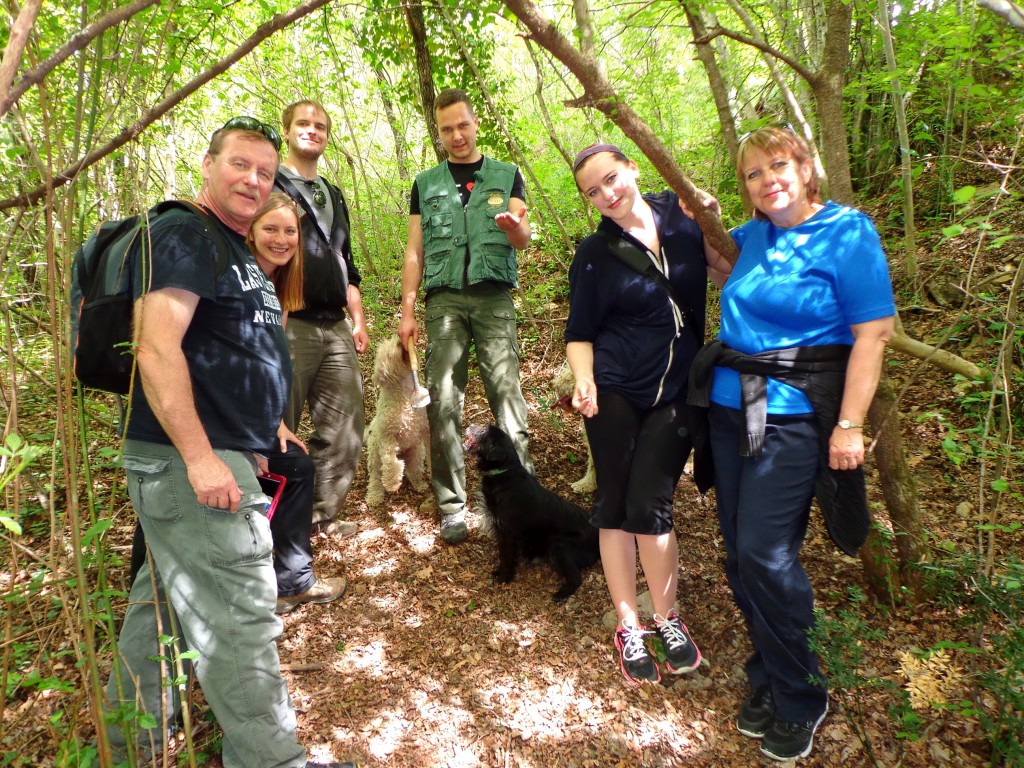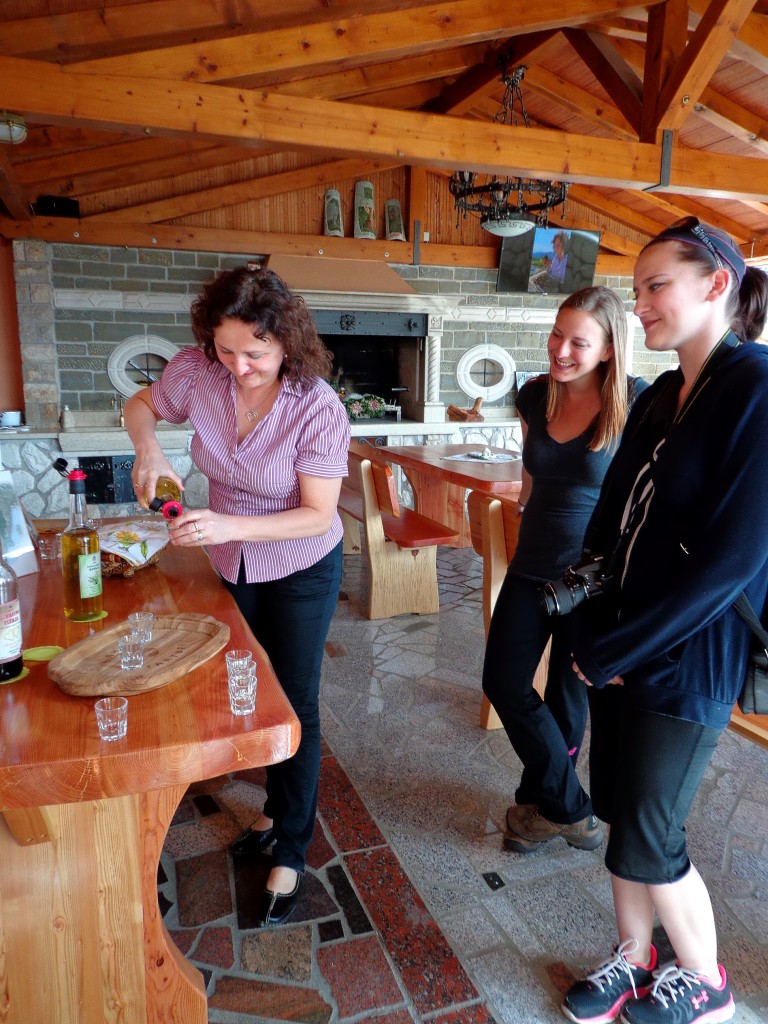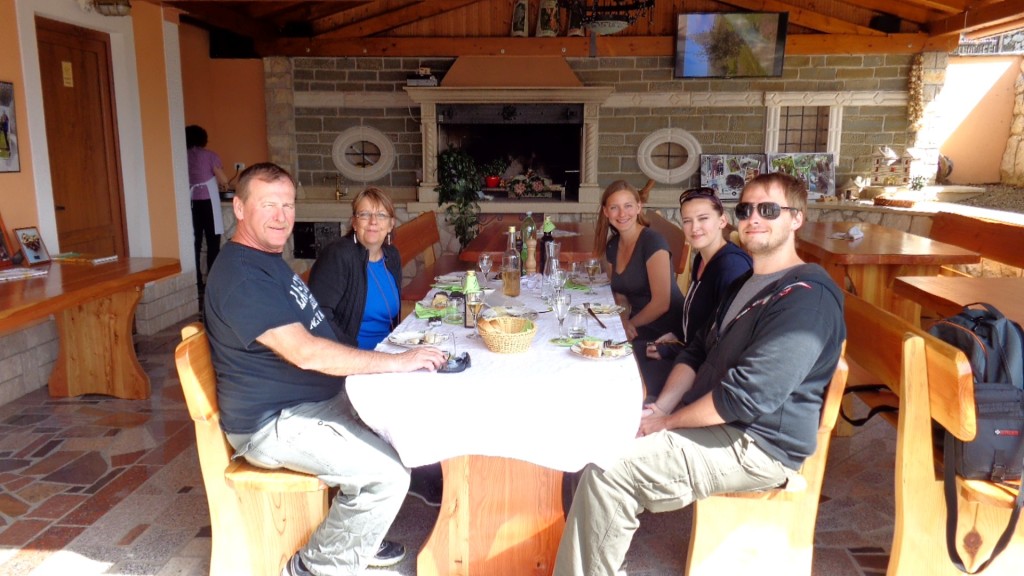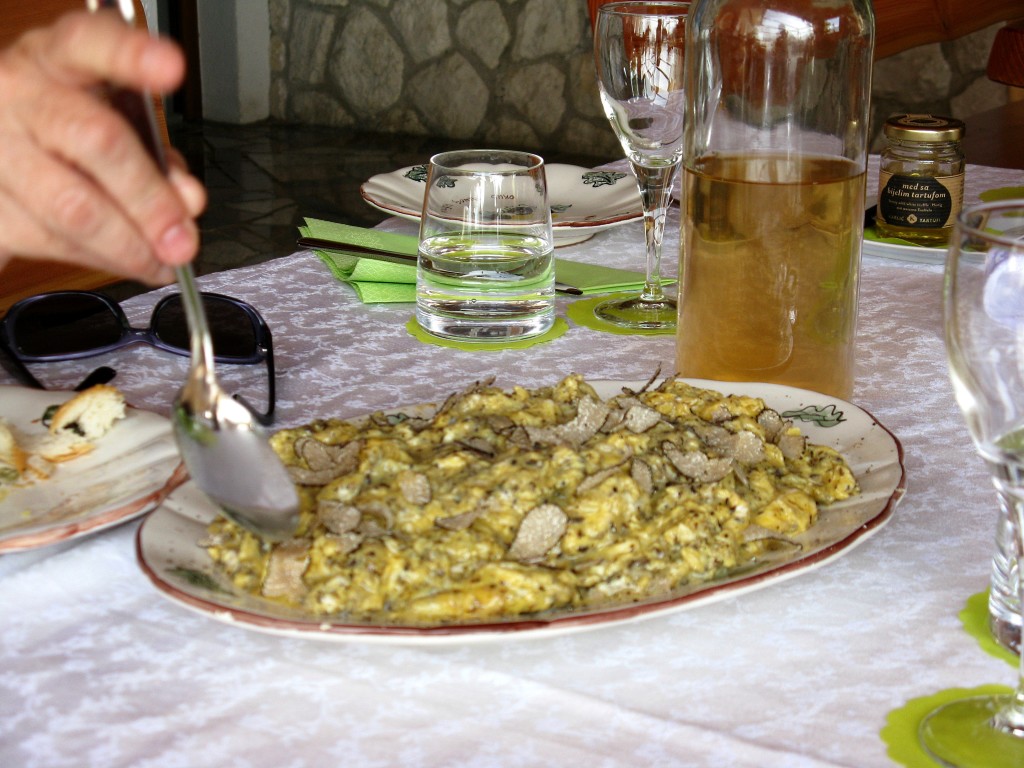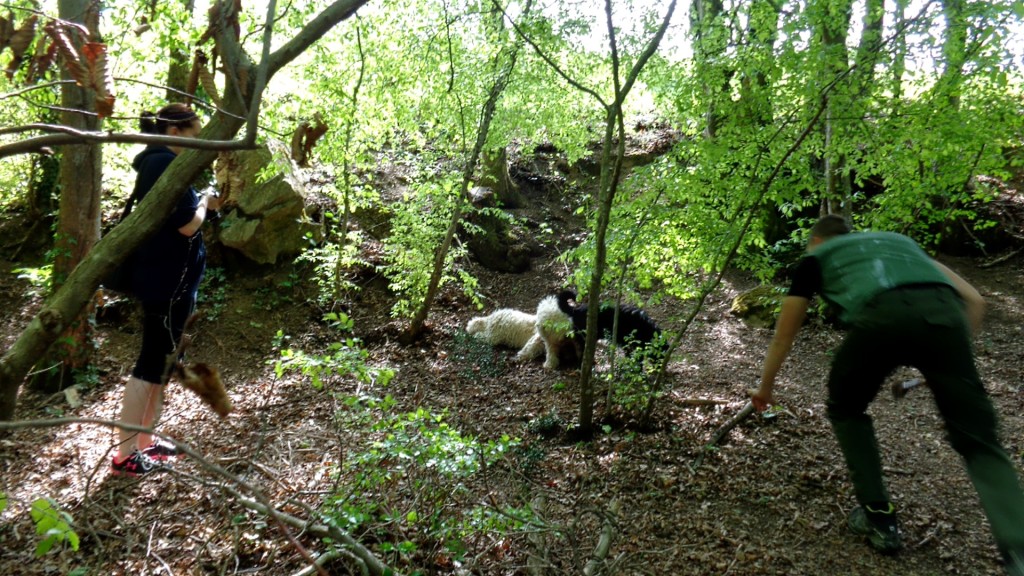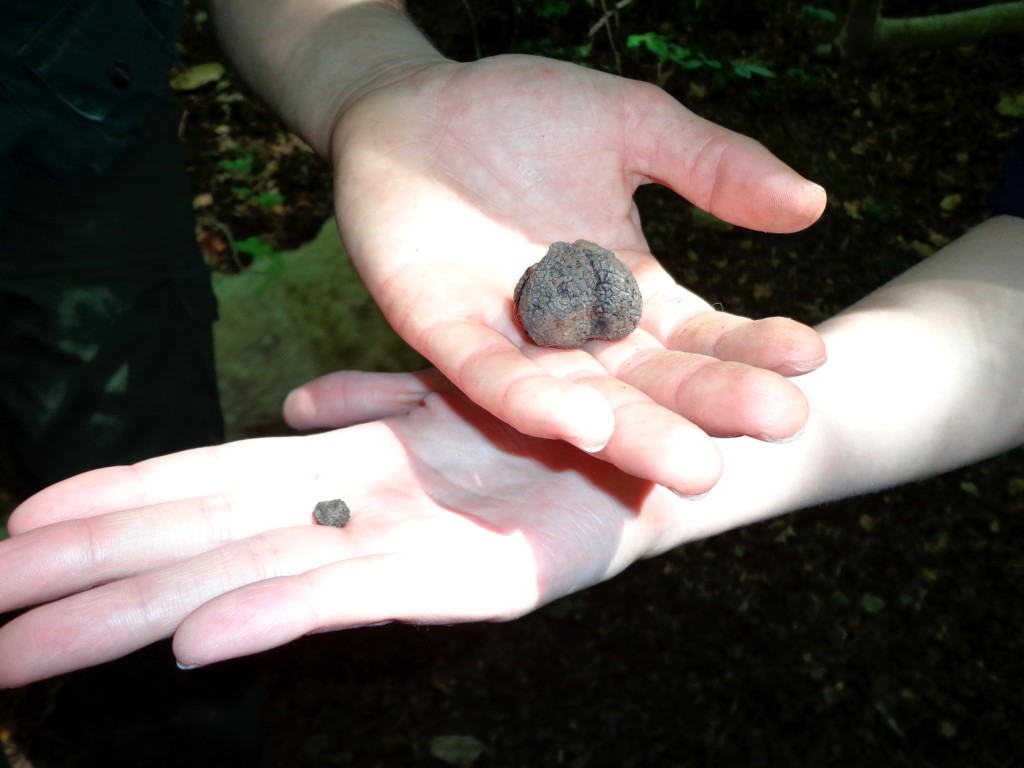Truffles, mmmmmm.
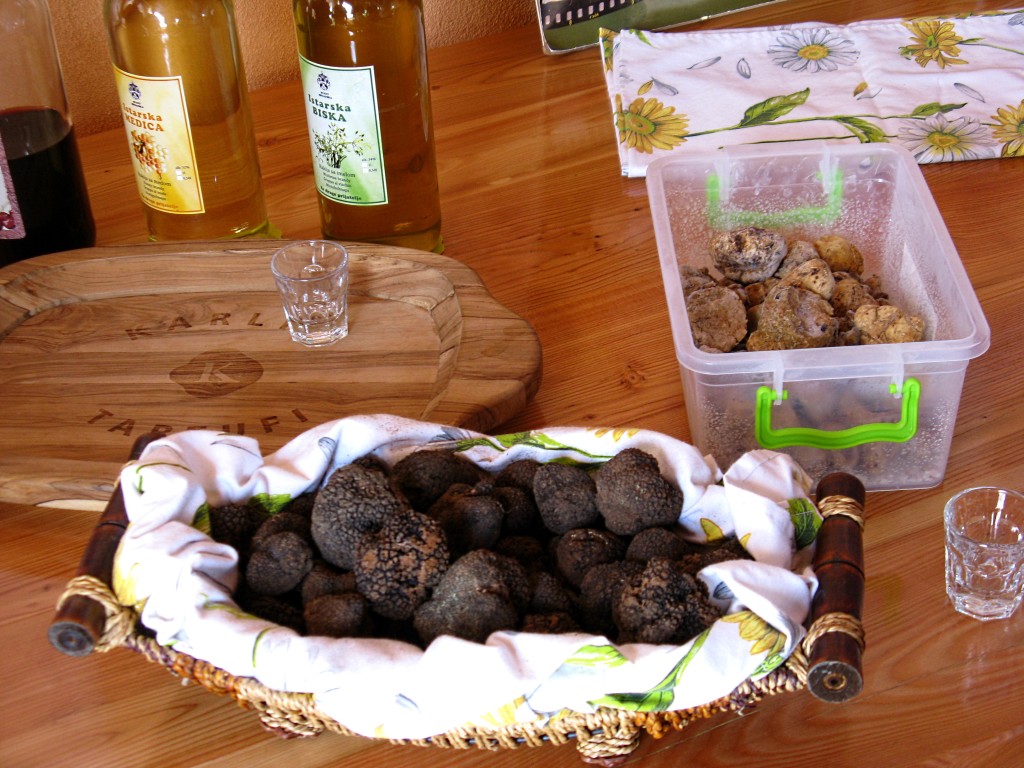
It’s hard not to get caught up in the whirlwind of exciting sights, scents, and flavours when you’re exploring somewhere new. Croatia is no exception, with its mouth-watering blend of Mediterranean and Balkan flavours we were all in heaven as we sampled ćevapčići alongside pršut, fresh seafood, and vinegar-seasoned salads. One surprise flavour that we didn’t expect to find in Croatia was truffles. While France, Italy and Spain come to mind more quickly when you hear “truffles” and “truffle-hunting”, the forests of Istria actually boast several species of truffles, including some of the most valuable. In fact, Istria is the only area outside of Italy where the winter white truffle occurs (one of the two species that have stock prices for export worldwide), and is most common in the forests of the river valley surrounding Motovun. Finding ourselves already heading to Motovun, it seemed only natural for us to take advantage of the upcoming truffle season and do some hunting for the golden fungus!
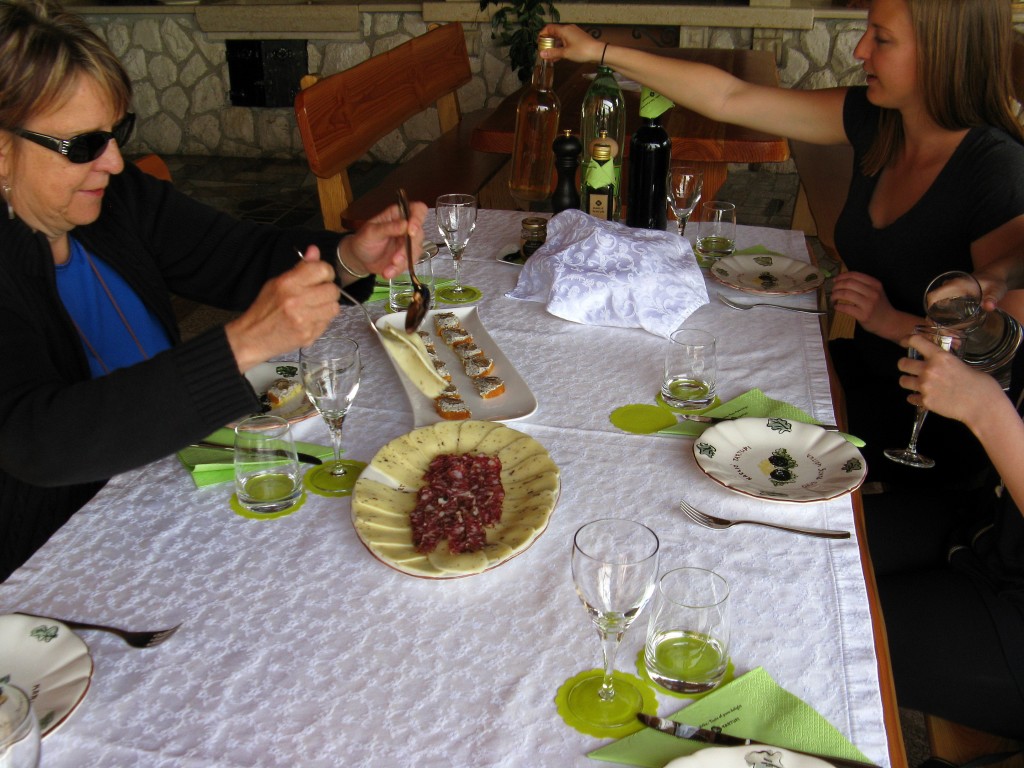
Exotic and expensive, with an intense following of gourmands who harbour a die-hard adoration bordering on cultish obsession, truffles have certainly made a name for themselves in high-class food culture. Depending on the species and quality, the flavour is described as a slightly garlicky, musky combination that packs a pungent punch. Chefs sprinkle sparingly, the taste is distinctive and at hundreds to thousands of euros a kilogram a little truffle goes a long way!
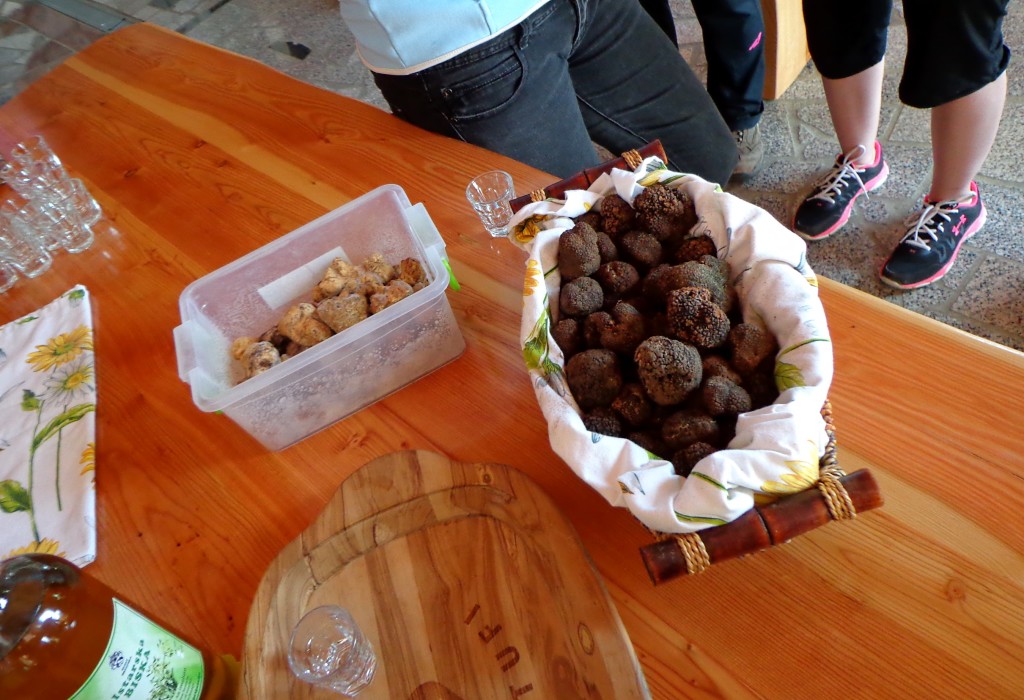
But what are truffles? The part we eat is the fruiting body of a fungus. More specifically, “truffle” typically refers to a group of species from the genus Tuber. Not the prettiest thing to look at, but even the smallest of these warty bulbs can perfume a room and transform a dish. The most common varieties in the culinary world are the white “Alba truffle” (Tuber magnatum), most famously found in the countryside around the city of Alba in Italy, and the black “Périgord truffle” (Tuber melanosporum), named for the Périgord region in France. There are other valuable, notable and flavourful varieties in North America, North Africa, and the Middle East, but these two varieties are the most prized and the most expensive out there.
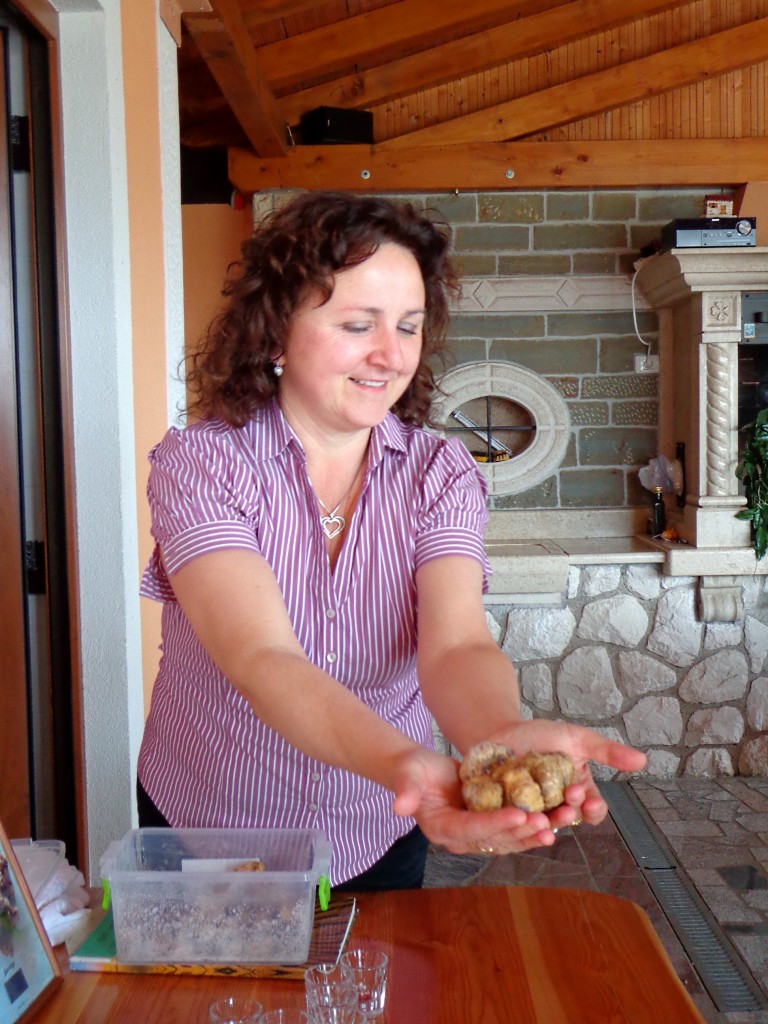
Why are truffles only found in certain areas? Truffles form mutually beneficial relationships with the roots of certain species of trees, including oak, hornbeam, beech, and pine. On top of this, they prefer specific soil conditions and so they’re a bit particular about their environment. Fun fact, these days it’s actually a practise to plant trees inoculated with truffle spores to help replenish the supply! Typically the saplings, if planted in the right environment, should begin producing truffles at about seven years of age and continue to produce for fifteen to thirty years. People are experimenting with bringing inoculated saplings over to North America, so maybe we’ll be seeing some on the market in a few years if all goes well!
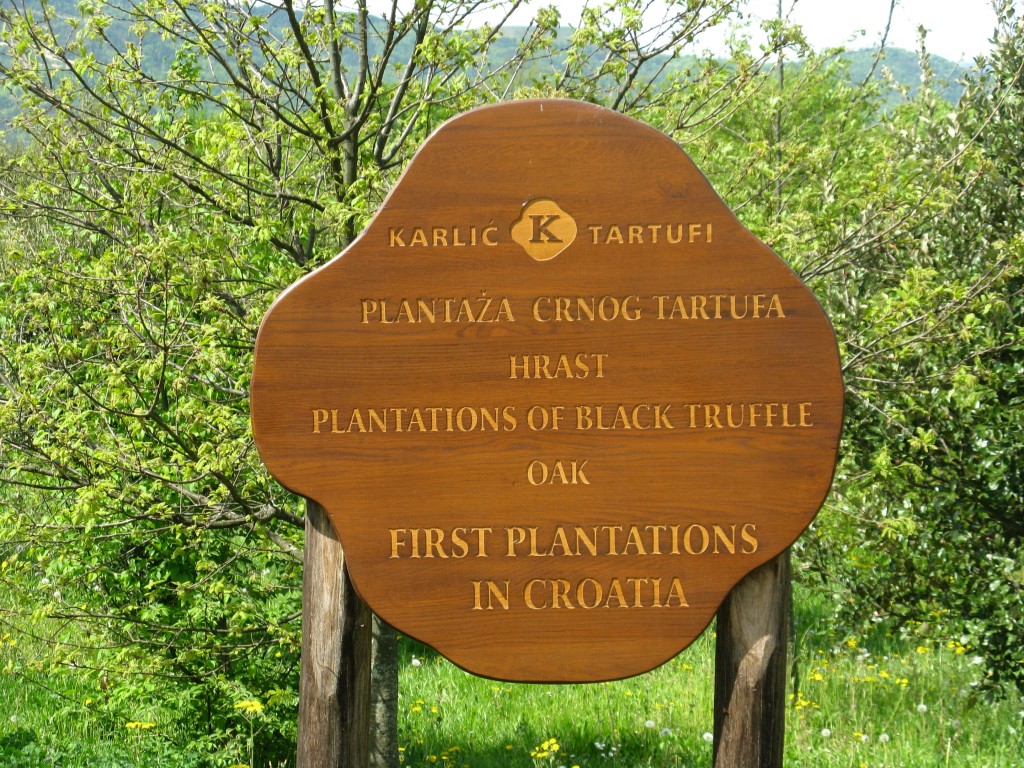
While most people probably imagine that intrepid truffle-hunters are still wandering around in the forest with their lady pigs, specially trained truffle dogs are a lot more common these days. In Italy it’s actually illegal to use pigs to hunt truffles as they’re likely to eat whatever they come across (as pigs are wont to do). So truffle dogs scour the hills of the Piedmont region of Italy for white truffles and Périgord in France for black. While Italy, France and Spain are traditionally known for truffles, the forests of Istria in Croatia boast three kinds of black truffle and the precious large, white variety! Want to try some truffles for yourself? Skip the stuffy restaurants and exotic food stores, get out there and find some! That kind of thinking brought us bumping along a back road of Vrh one sunny afternoon in Croatia.
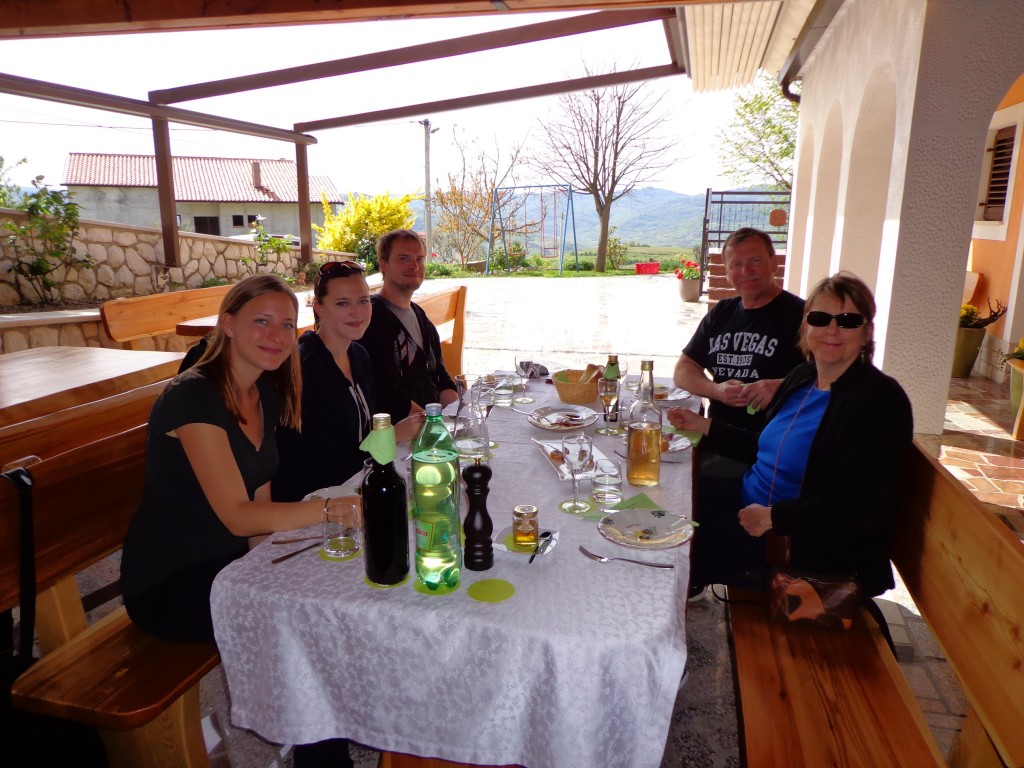
My mom scoured the internet and discovered a truffle-hunting family just outside of Motovun that hosted adventurous travellers looking for a taste of fresh truffles! The Karlić family have been in the truffle-hunting for decades, and are even experimenting with cultivating “truffle orchards”! On arrival we were greeted warmly with shots of local, Croatian liqueurs to get the party started. As we were all pretty hungry by the time we arrived, we opted to eat first before venturing into the deep, dark, truffley Istrian forest. What followed was probably the tastiest meal of my life. Truffle patè, cheese and sausage infused with truffles, fresh bread drizzled with truffle oil, and topped off with fritaja, scrambled eggs sprinkled with freshly grated, you guessed it, truffle. Pure gustatory bliss.
Well-fed and well-wined (maybe a little too well-wined in my case) we set off with our host and their enthusiastic truffle dogs to test our luck in the forest. The season for truffles was just beginning (it was April when we visited) so we had that in mind as the dogs bounded through the oak trees and underbrush. As I had mentioned, these days dogs are more commonly used for truffle hunting as it’s a bit easier to keep them from gobbling everything up before you can rescue the truffle. Truffles are found by the aroma they give off as they become ripe for harvesting, and typically require a little bit (or a lot) of digging to bring to light. A truffle dog has been trained from puppyhood to pick up on the gentle aroma of truffle coming up from beneath the ground and rewarded with little pieces of truffle to help them memorize the scent and flavour they’re hunting for.
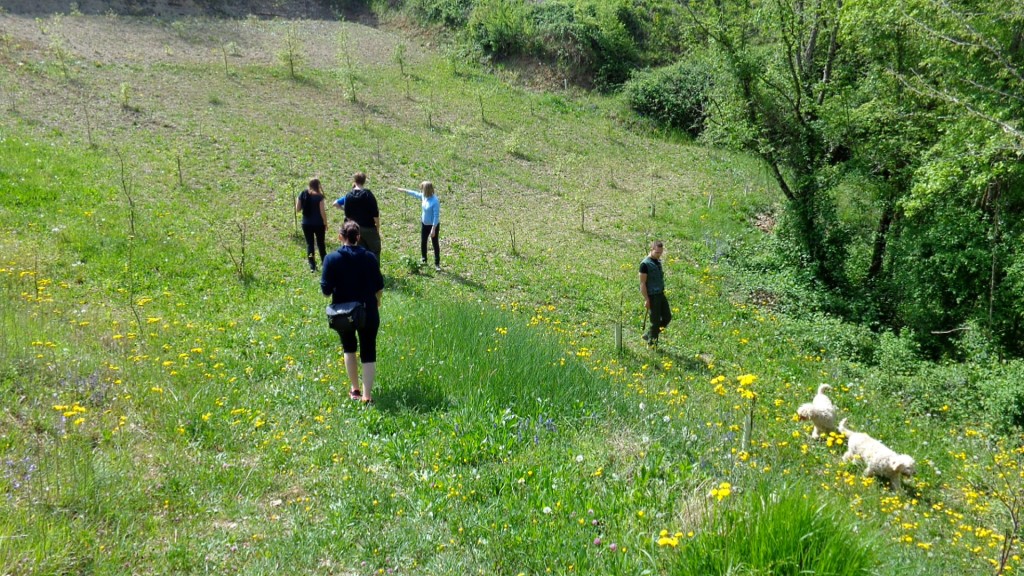
Our three truffle pups (two in various stages of training, one a seasoned pro) were beyond excited to get started. They raced up the forest paths that the Karlić family regularly take them down, dragging us up hillsides and under bushes in their frantic searching. The youngest occasionally would get a little too excited, imagining they caught the scent and digging furiously at nothing for a moment or two before setting off on the chase again. But after a few false starts, success! One of our mighty truffle hunters tracked down a fresh black truffle! It was a pretty small one, but still we were pretty excited and happily took pictures with the proud pooch. We found a couple more small truffles before calling it a day, but it was a great experience and we had a blast. Truffle hunting is a bit of a “luck-of-the-draw” kind of deal, with hunters coming back laden with truffles after a couple of hours some days, and other times finding nothing at all after a full day of searching. Fortunately for us, we weren’t going back empty-handed.
If you’re looking to combine a bit of adventure with some delicious local delights, don’t hesitate to give the Karlić family a call! It was an unforgettable afternoon of laughter, great food, and taking part in a tradition that has been around since antiquity. Also, don’t forget to bring a little bit of your Croatian truffle adventure home with you, my truffle salt never fails to spice up my breakfast and remind me of a fun afternoon in the Istrian forest.
